Giant Prickly Stick Insect Facts
- Quite sadly, the Giant Prickly Stick Insect currently inhabits only a restricted habitat range. Yet the remarkable insect has one factor working in its favor. That’s because it reproduces prolifically. Therefore, the IUCN presently lists lists it as a Species of Least Concern.
- Moreover, these truly remarkable insects developed several unique defensive measures. First of all, an individual stands on its front and middle legs when it feels threatened. Thereafter, the threatened individual points its abdomen, attempting to imitate the actions of a scorpion.
- In addition, the fascinating species developed an impressive learned behavior. That’s due to the fact that many specimens often move from side to side when sitting on a branch. In this manner, it mimics the motion of a twig, moving in the breeze. This serves to enhance its natural camouflage.
- Finally, even the eggs of the Giant Prickly Stick Insect possess defenses. Many ants find the outer covering of the eggs edible, so take them to their nest. The ants consume the outer covering, and discard the eggs themselves as trash. Therefore, the eggs later hatch, safely away from predators.
Related Articles
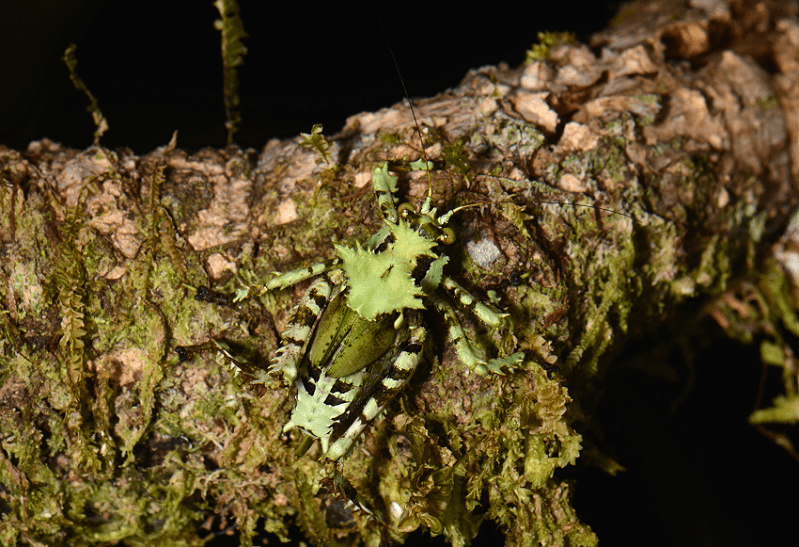
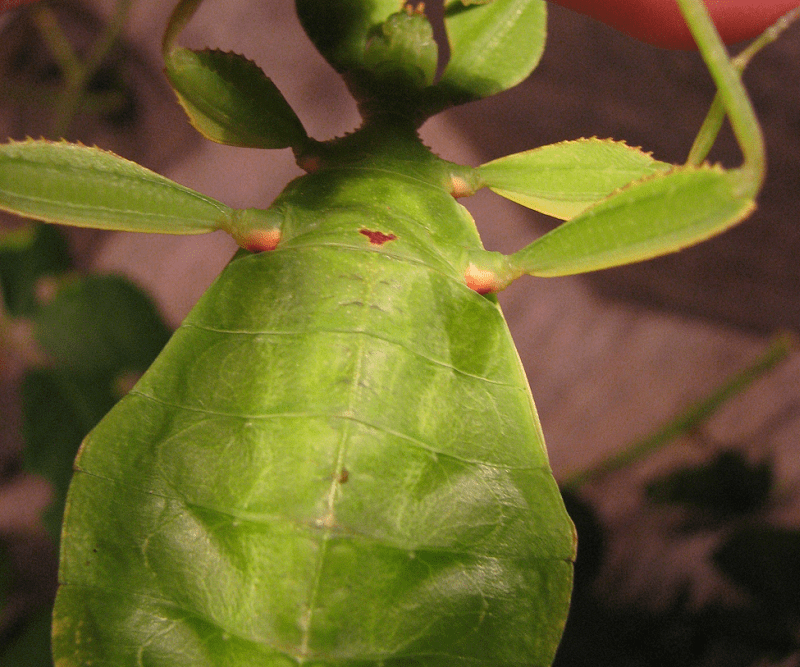
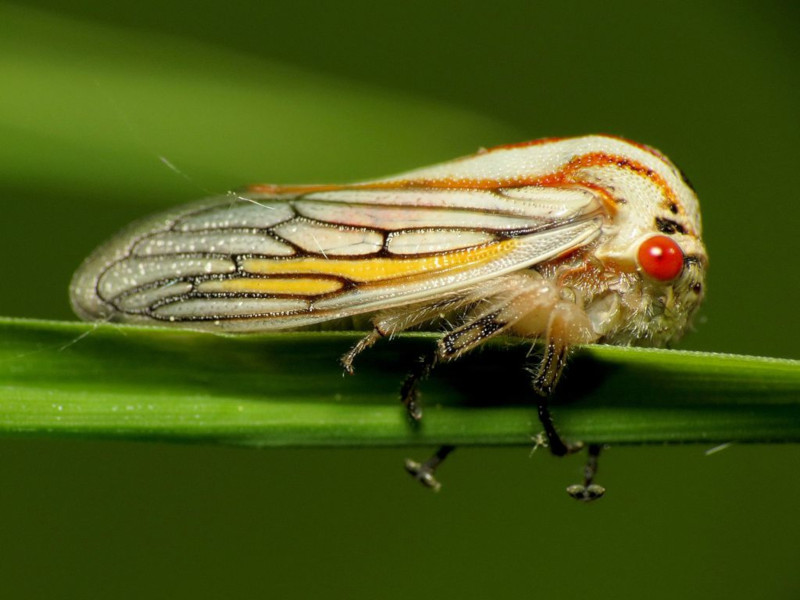
Giant Prickly Stick Insect Physical Description
As the common name implies, the Giant Prickly Stick Insect attains a large size for a stick insect. Yet the invertebrate displays a marked degree of sexual dimorphism. This must be taken into consideration. Females reach lengths of as much as 8 in (20 cm). Meanwhile, the smaller males only reach 4 in (10 cm).
While females reach greater lengths, they also have thicker bodies. Due to this, their wings remain too small for flying. However, the smaller males still retain the ability to fly. In addition, the colors vary significantly between individuals. But, these most commonly include shades of grown, green, red, white, and cream.
Yet the numerous spikes covering their bodies remain their most distinctive feature. These cover the entire body of the female, while only grow around the faces of the males. The amazing Giant Prickly Stick Insect also produces a chemical spray to repel assailants. Coincidentally, this smells like toffee to most humans.
- Kingdom: Animalia
- Phylum: Arthropoda
- Class: Insecta
- Order: Phasmatodea
- Family: Phasmatidae
- Genus: Extatosoma
- Species: E. tiaratum
Giant Prickly Stick Insect Distribution, Habitat, and Ecology
Perhaps most importantly, numerous experts consider one of the most noteworthy things about the Giant Prickly Stick Insect to be its restricted distribution. This surprising status holds true due to the fact that the species only endemically inhabits extremely limited portions of Queensland and New South Wales, on the continent of Australia. It exists in no other known locations.
Furthermore, this truly remarkable creature also remains highly selective regarding its choice of its habitat. As a result, even within its limited range, the invertebrate only appears in certain specific types of habitat. That fact stands as true because the arthropod most commonly inhabits regions of dense foliage. This type of environment serves to augment its natural camouflage.
Furthermore, this herbivorous species primarily feeds on eucalyptus, yet will consume other plants when necessary. In addition, its reproductive methods remain especially relevant, as well as unusual. While females typically reproduce sexually, they also have the ability to reproduce through parthenogenesis. Females also actually toss the eggs onto the forest floor after being laid.
Species Sharing Its Range
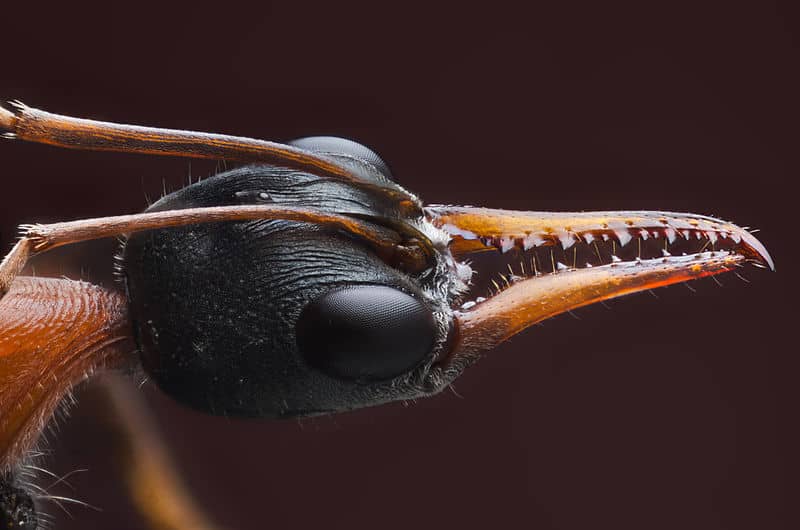
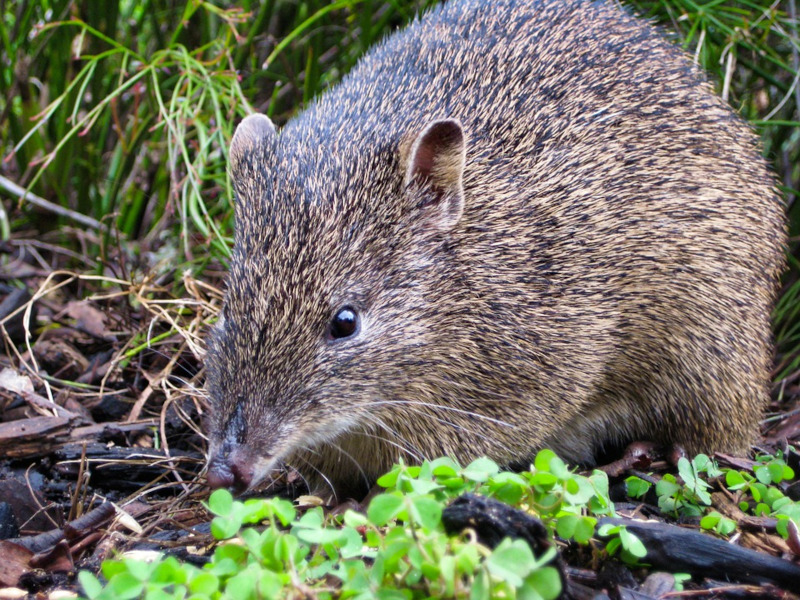
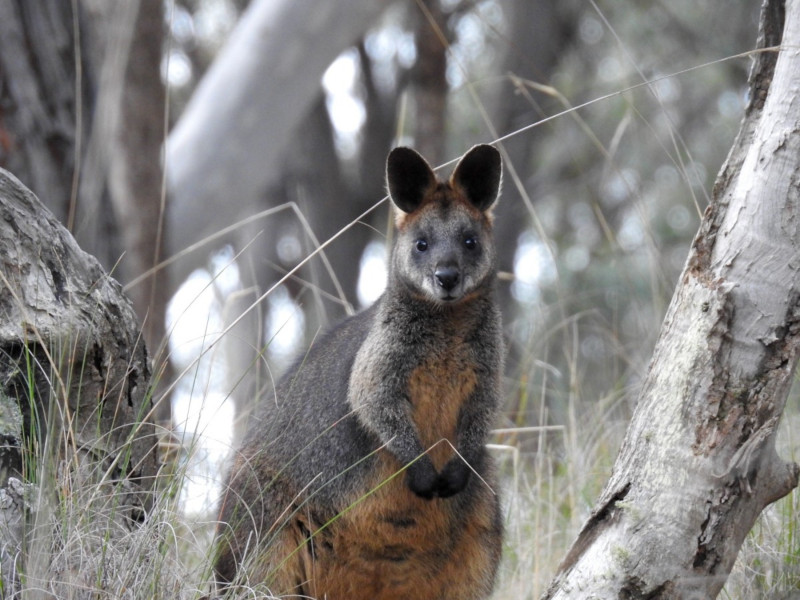
Check out our other articles on Fabulous Herbaceous Plants Named After Animals, Victoria Crowned Pigeon, Blyde River Canyon, California Sea Lion, Lady’s Slipper Orchid, Thorny Dragon
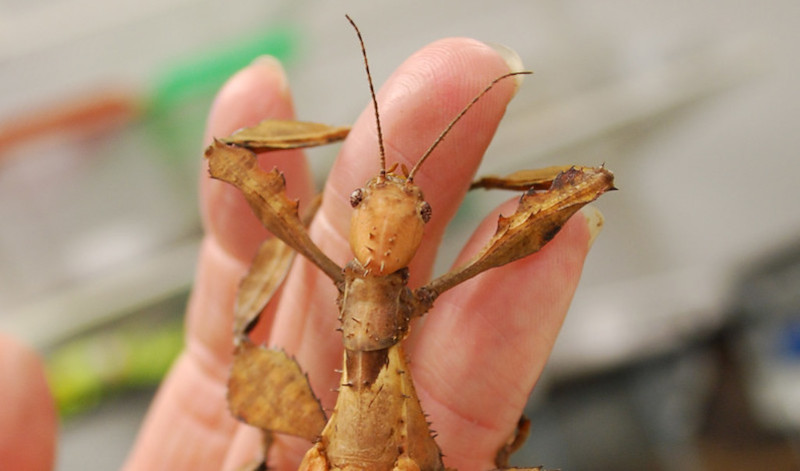
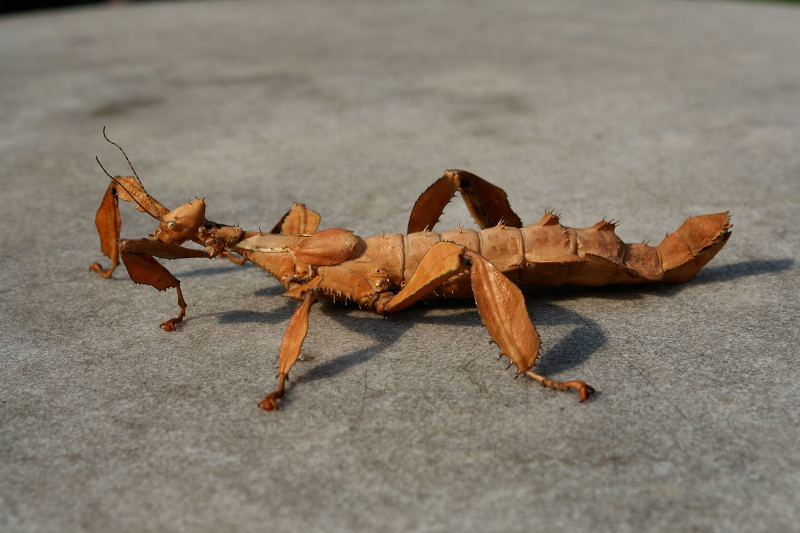
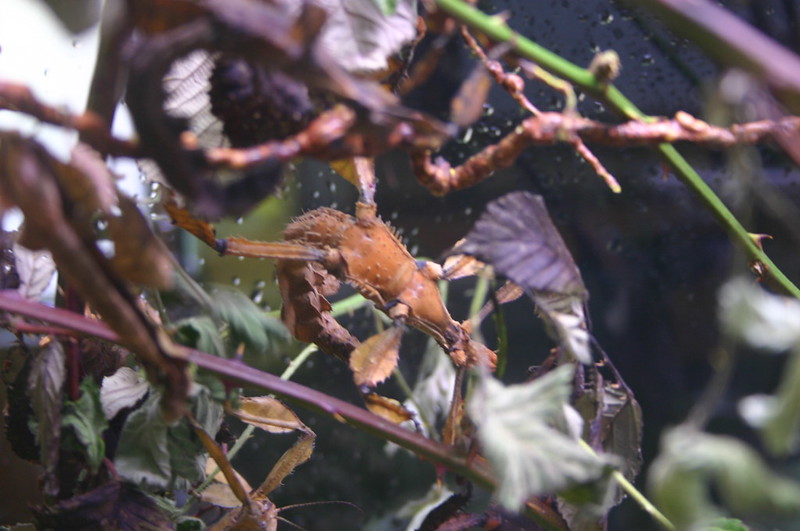









I have been breeding these lovely insects for years suddenly look my nymphs and adults disappeared except one adult pair what happened? Terri Vernon.